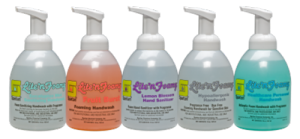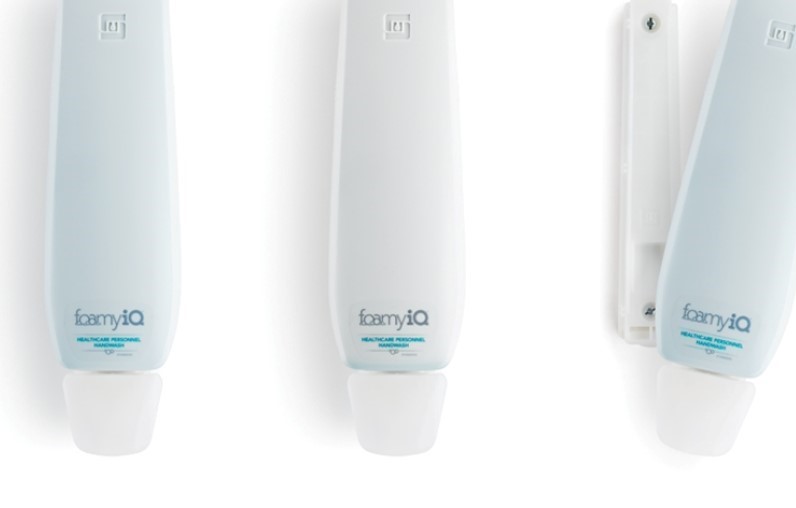Hand Hygiene: Compliance Matters
May 5 is World Hand Hygiene Day as declared by the CDC and this year’s theme is focused on how we can contribute to a facility’s environment of safety and quality by encouraging people to clean hands at the right time with the right products.
According to the Centers for Disease Control, “Hand hygiene is the first line of defense for the prevention of illnesses and spread of infection to others.” We all know this, especially, in a post-pandemic world. But the reality is, even today, achieving desirable levels of compliance doesn’t always occur.
What Influences Compliance and Why it Matters
Increased compliance might be achieved if the hand wash/sanitizer smells good, does not irritate the skin, and is easy to rinse off. Packaging and ease of use also affect compliance, which is related to the dispensers’ placement and functioning (manual vs. hands-free) in the work area. Other variables that impact compliance include culture and workplace expectations, training and education, cost per use and safety-related factors. Of course, liability for non-compliance (in hospitals, restaurants, etc.) makes the issue even more important. So let’s analyze the truths and myths of proper handwashing to ensure compliance.
Hand hygiene: true or false?
- Alcohol (ethanol or ethyl alcohol) is a good active ingredient for a hand sanitizer.
True and False. Alcohol is established as a good antimicrobial, but alcohol in a hand sanitizer has its disadvantages:
- Dry the skin.
- Contain 60-95% alcohol, and are dangerous if used inappropriately
- Potential abuse in correctional facilities
- At home and school, as children have accidentally consumed them because of their appealing colors, fragrances and taste, leading to emergency room visits for alcohol poisoning
- In numerous settings because of the flammability of the products
- Triclosan is a suitable antimicrobial to use in antiseptic washes
False. The FDA has ruled that the risk of using triclosan as the active ingredient in consumer antimicrobial hand washes outweighs any benefits. Other active ingredients are equally effective.
- Hand sanitizers are a good replacement for hand washing
False. Soap and water are still the preferred method for cleaning hands.
- 15 seconds is long enough to wash your hands
False. Washing hands for AT LEAST 15 seconds is recommended.
Solutions at hand
What can K-12 institutions and facilities’ managers do then to ensure a compliant, safe environment when it comes to handwashing? Look no further than Spartan Chemical Hand Hygiene products that are Triclosan and alcohol-free available through OMNIA Partners distributors. Packaging in gallon containers for the Lite’n Foamy® line reduces the cost per wash. Spartan’s newest, foamyiQ hand wash, the first hand hygiene dispensing cartridge that’s sustainable, makes it even easier for facilities to save money and time. The small footprint and accurate fill level ensures reduced labor and cost while providing a fresh and clean hand wash experience every time! Spartan’s Foaming Hand Wash, Antibacterial Hand Wash, and Antibacterial Hand Sanitizers come in a variety of scents and antimicrobial “levels” for different end-users environments. Finally, the company’s Industrial Hand Cleaners are offered in both Lite’n Foamy® and waterless versions.

The company also offers a CleanCheck® training program for agencies to learn proper techniques and habits in sanitation-critical locations.
| For more about Spartan Chemical, discover their line of floor care solutions available today! |
Brought to you by:





















